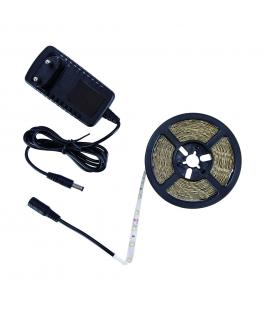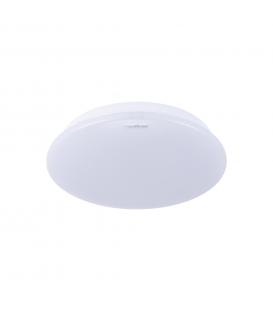Starters for fluorescent lamps features benefits applications

A starter for fluorescent lamps is a small device used in traditional fluorescent lighting systems to initiate and control the flow of electricity through the gas within the fluorescent tube. While newer lighting technologies like electronic ballasts and LED drivers have largely replaced starters in modern lighting systems, starters were an integral part of older fluorescent systems. Here's a detailed overview of starters for fluorescent lamps, including their features, benefits, and historical areas of application:
Features and Function: A starter is a small, cylindrical device with a built-in bimetallic strip and a small neon or glow discharge lamp. It is typically inserted into a designated socket within the lighting fixture. When the light switch is turned on, the starter allows a brief surge of current to flow through the gas within the fluorescent tube. This surge of current heats up the bimetallic strip, causing it to bend and open the circuit. As a result, the starter's glow discharge lamp extinguishes, and the current is redirected through the filaments at the ends of the fluorescent tube. The heat generated by the filaments causes the gas inside the tube to ionize, producing the UV light that interacts with the phosphor coating, creating visible light.
Benefits:
- Reliable Startup: Starters ensure reliable and consistent startup of fluorescent lamps by providing the necessary surge of current to initiate the ionization process within the tube.
- Extended Lamp Life: By preheating the filaments before the lamp reaches full brightness, starters contribute to extending the overall life of the fluorescent tube.
- Cost-Effective: Starters were a cost-effective way to initiate fluorescent lamps, especially in their time before the introduction of more advanced electronic ballast systems.
- Compatibility: Starters were compatible with a wide range of fluorescent tubes and were used in various wattages and configurations.
Areas of Historical Applications: Starters were widely used in fluorescent lighting systems in the past, and their applications included:
- Commercial and Office Spaces: Starters were used in office buildings, retail stores, and commercial spaces where fluorescent lighting was the primary source of illumination.
- Educational Institutions: Schools, colleges, and universities utilized starters in classrooms, hallways, and other areas.
- Industrial Environments: Starters were employed in manufacturing plants, warehouses, and industrial facilities that relied on fluorescent lighting.
- Residential Lighting: Many homes used starters for fluorescent fixtures in areas such as kitchens, bathrooms, and basements.
- Public Buildings: Starters were commonly used in government buildings, community centers, and public facilities.
- Hospitals and Healthcare Facilities: Starters were present in patient rooms, corridors, and waiting areas within healthcare settings.
- Retail Stores: Starters were used for general and display lighting in retail environments.
It's important to note that as lighting technology has advanced, newer systems such as electronic ballasts and LED drivers have largely replaced starters in modern lighting installations. These newer systems offer greater efficiency, reduced maintenance, and improved control over lighting performance. If you have fluorescent lighting systems that still use starters, you may consider exploring retrofit options or transitioning to more energy-efficient lighting technologies.
Browse our "Starters for fluorescent lamps" collection
Fluorescent Lamp Starters: Features, Benefits & Applications
- 0,74 €Discover the power of the S10 4 65W SIN Ecoclick starter. Experience effortless ignition with this eco-friendly...
- 1,07 €Upgrade your lighting with the S2 4 22W SER Ecoclick starter. Enjoy energy-efficient illumination and easy installation.
- 0,67 €Upgrade your car's lighting with the St 111 4 65W starter. Experience brighter and safer drives. Get yours now!
- 0,56 €Upgrade your lighting system with the St 151 4 22W starter. Experience brighter and more efficient illumination for...
- 3,18 €Upgrade your lighting with the St 171 36 65W DEOS starter. Experience brighter, more efficient illumination for any...
- 3,98 €Upgrade your lighting with the St 172 18 22W DEOS starter. Experience brighter, more efficient illumination for any...
- 17,09 €Upgrade your lighting with the St 173 15 32W DEOS starter. Experience brighter spaces and energy efficiency. Shop now...













